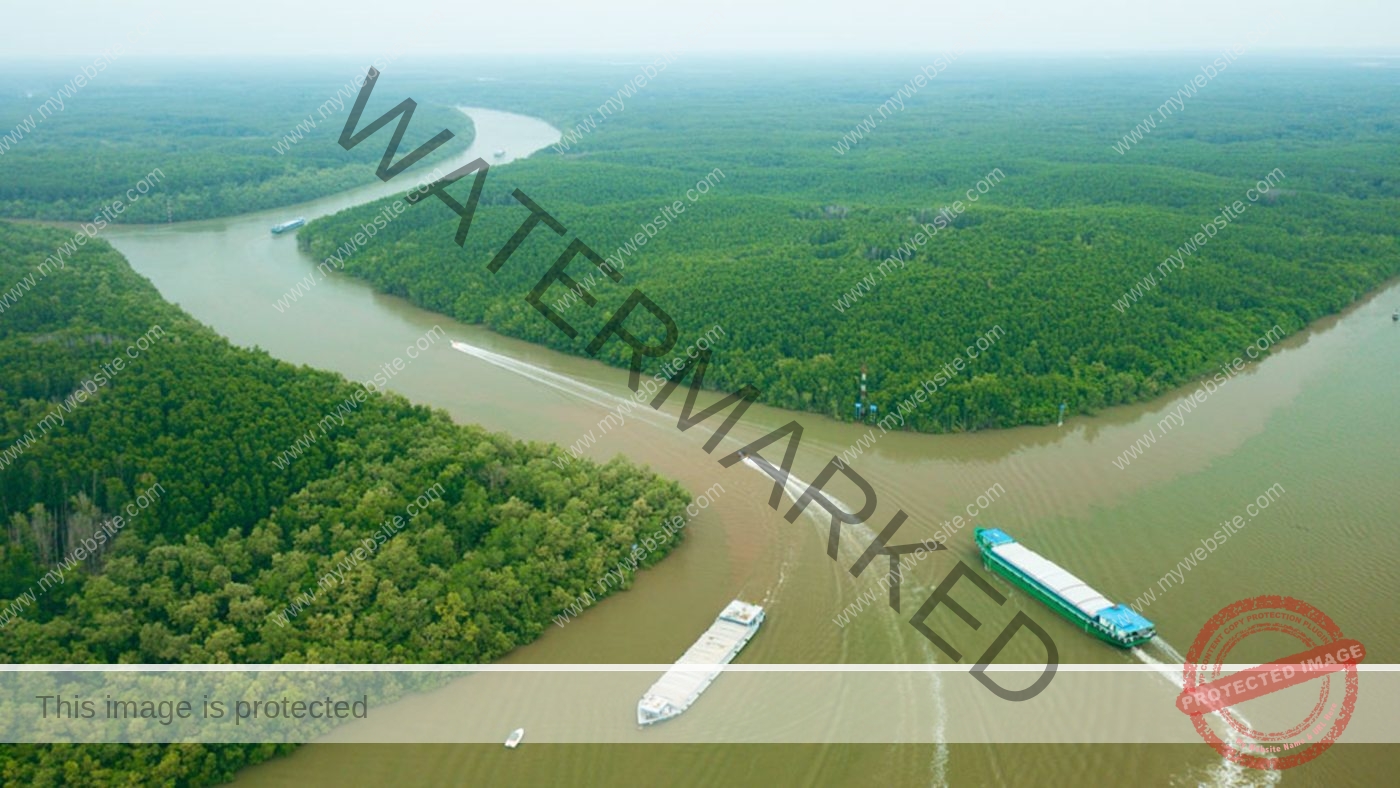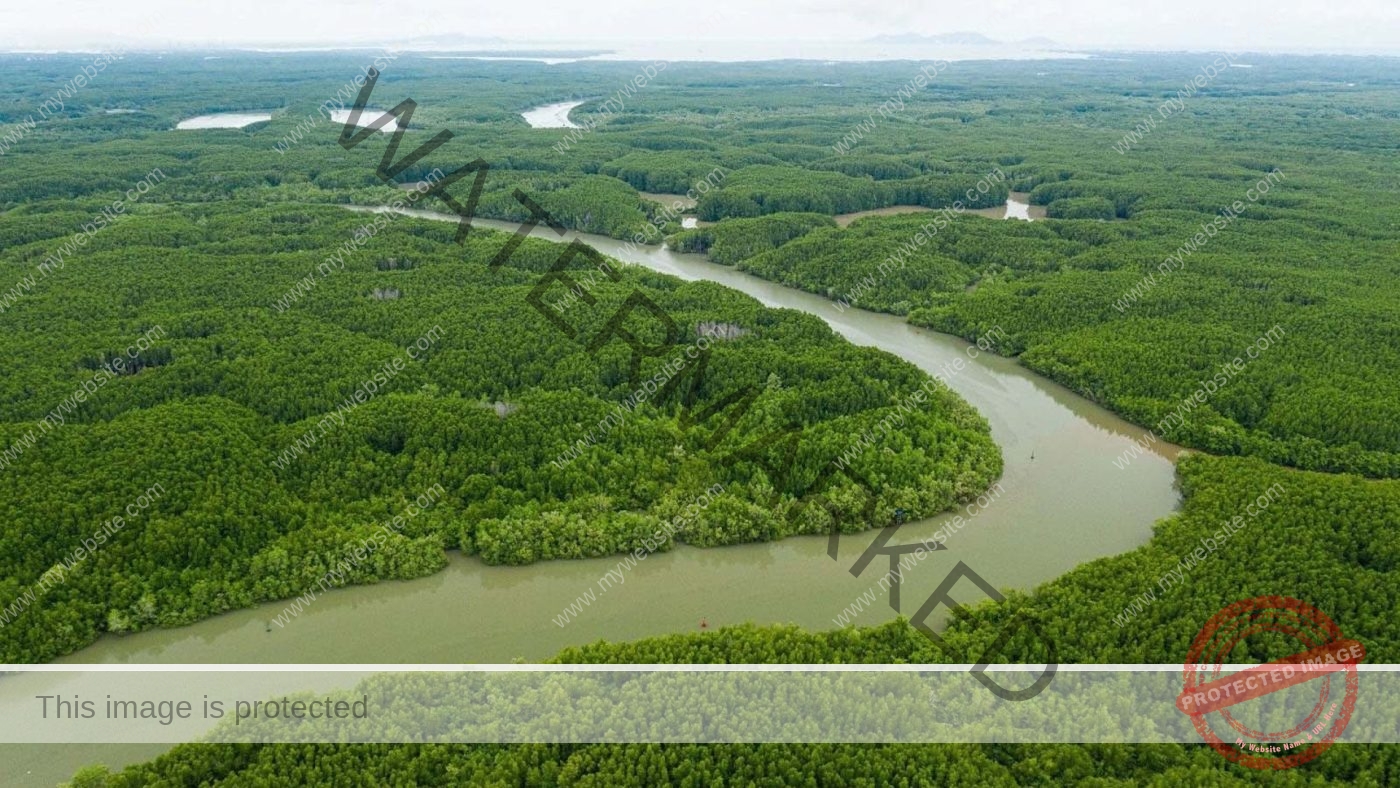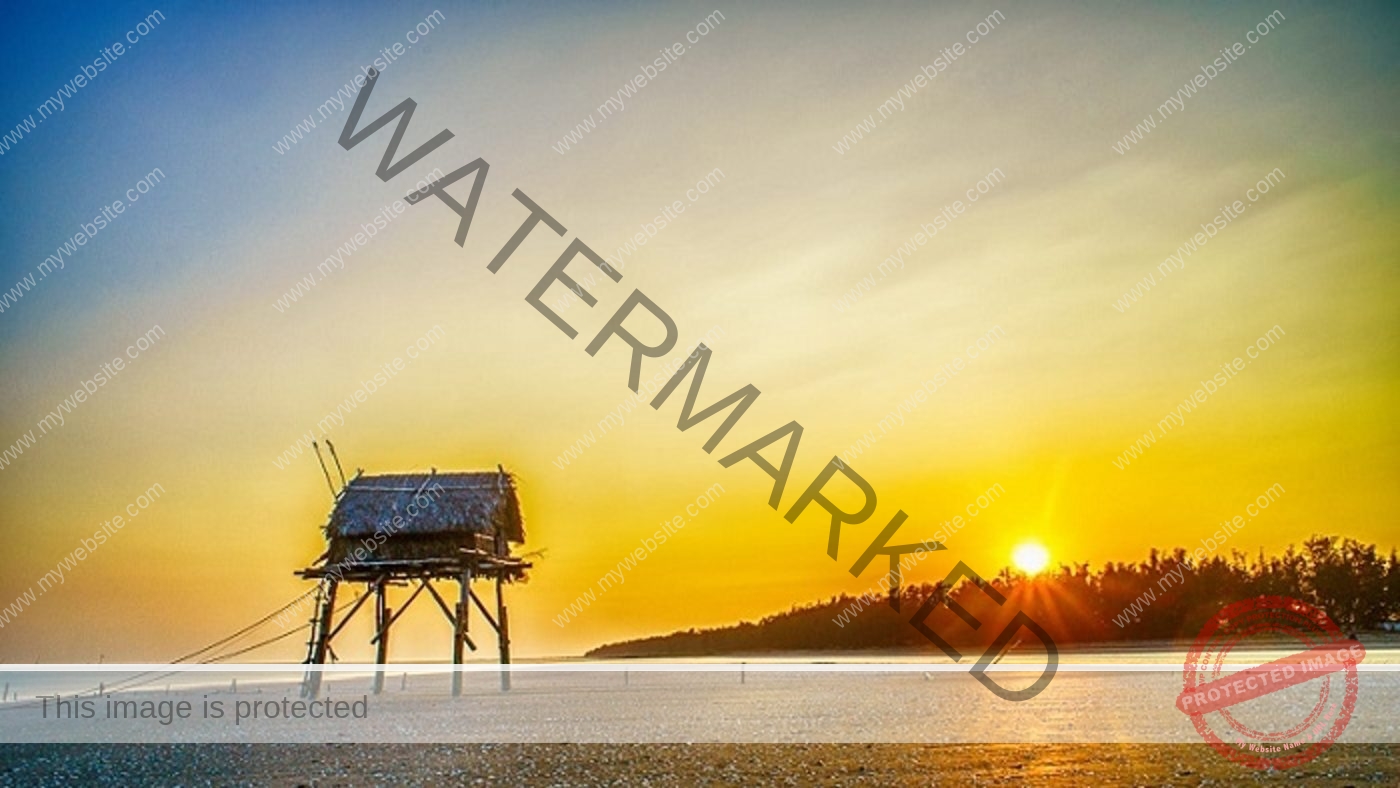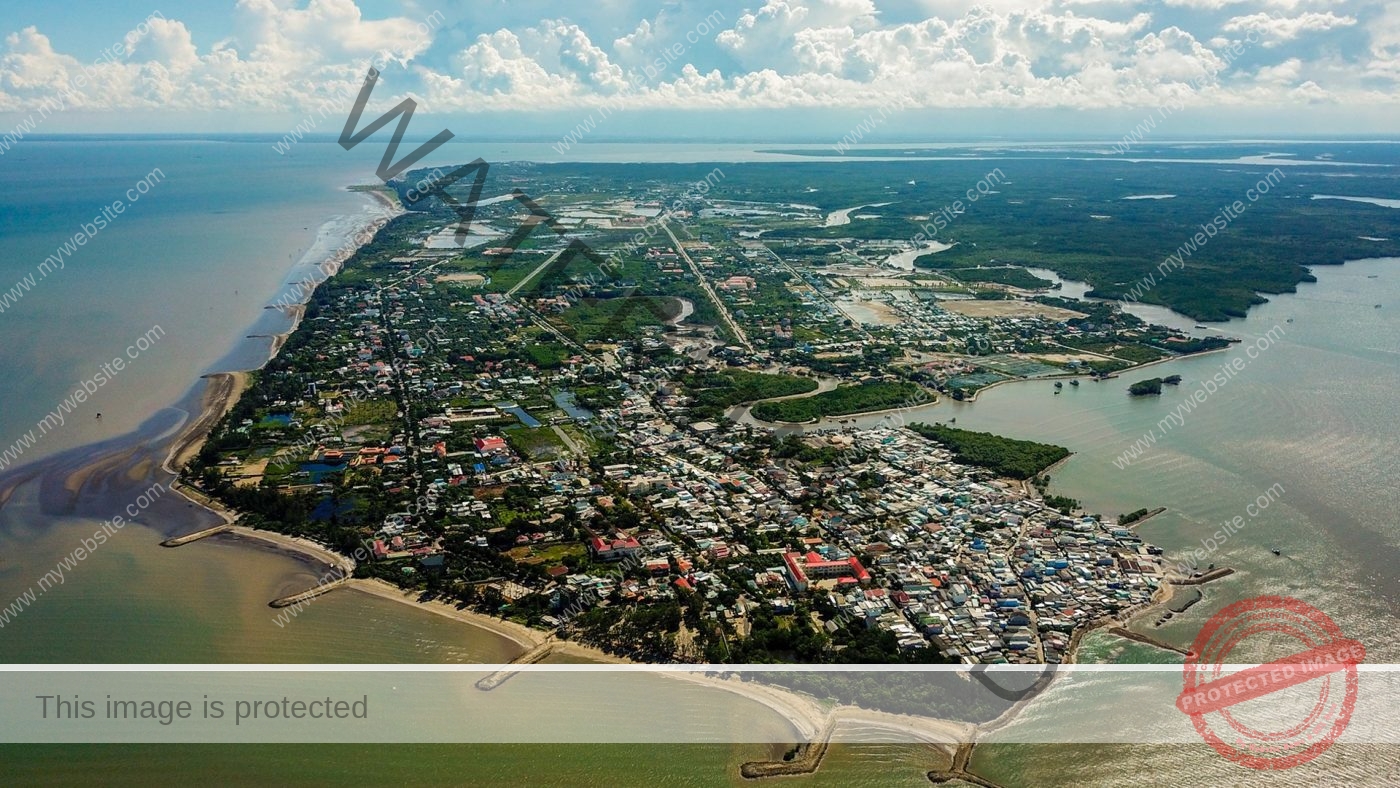Located at the river mouth with a “dual” terrain of half land and half water within the Dong Nai river system, Can Gio, a coastal district of Ho Chi Minh City, stands out with its pristine mangrove forests, part of a UNESCO Biosphere Reserve. Just about 50 km from the center of Ho Chi Minh City, Can Gio is easily accessible by various means of transportation, especially by ferry connecting to Vung Tau, offering visitors the chance to experience the enchanting natural beauty and rich ecosystems.
Here, visitors can not only immerse themselves in the stunning landscapes but also explore the rich culture and history of this land, creating unforgettable memories during their journey through Can Gio.

Can Gio Mangrove Biosphere Reserve
Can Gio Mangrove Forest was recognized by UNESCO as a World Biosphere Reserve on January 21, 2000, covering a total area of 70,445.34 hectares. This is the first biosphere reserve in Viet Nam, which not only holds significant biological value but also plays an essential role in the conservation and restoration of natural ecosystems.
The reserve is divided into three main functional areas. The core area, with a size of 6,134.43 hectares, focuses on conserving the mangrove ecosystem, including both natural and planted forests. This area is home to many species of wildlife, particularly waterbirds, and also serves for scientific research and limited eco-tourism. The buffer zone, comprising 29,152.10 hectares of forest land and 12,763.56 hectares of water, functions to restore ecosystems and protect the core area, creating space for wildlife while developing environmentally friendly agroforestry models. Finally, the transition zone, with an area of 13,227.79 hectares of forest land and 7,267.47 hectares of water, encourages sustainable economic development models involving various organizations and communities.
Can Gio Mangrove Forest possesses a unique natural environment, serving as an intermediary between aquatic and terrestrial ecosystems. Each year, this area receives a significant amount of silt from rivers, combined with tidal influences, creating a rich biodiversity. According to research, this forest is home to approximately 700 species of aquatic invertebrates, 282 species of fish, 36 species of reptiles, 164 species of birds, and 35 species of mammals, including 11 species of reptiles listed in the Viet Nam Red Data Book. In terms of vegetation, Can Gio has about 150 species of plants, playing a crucial role in providing habitat for animal species and contributing to the green landscape of the urban area. The diverse ecosystem of the forest not only provides a “green lung” for neighboring cities but also helps in addressing climate change, preventing coastal erosion, and protecting habitats.
With its potential and special role in nature conservation efforts, the Can Gio Mangrove Biosphere Reserve has become an important symbol of environmental protection and sustainable development in Viet Nam.

History and Culture in Can Gio
In Long Hoa commune, Can Gio, recent archaeological discoveries at Giong Ca Vo indicate that this area has been inhabited for over 2,300 years. The discovery of artifacts from the Oc Eo-Sa Huynh culture, including burial customs, reveals the existence of an ancient civilization here. The inhabitants practiced a unique burial method, placing the deceased sitting inside ceramic jars, along with various stone and glass ornaments, providing insight into their cultural practices. Among the excavated artifacts, glass earrings stand out prominently. These earrings not only reflect the exquisite craftsmanship of ancient people but also suggest a developed trade network in the region. The existence of these ornaments may indicate that Can Gio was once an important maritime center, where merchants could trade with other civilizations in the area. The accessibility to the sea and abundant natural resources facilitated trade, making this a compelling stopover for maritime journeys.
During the Viet Nam War, Can Gio played a significant role as a base for special forces. From 1966 to April 30, 1975, special forces soldiers carried out nearly 400 small and large combat missions against the enemy, demonstrating bravery and outstanding tactical skills. The dense mangrove forests of Can Gio provided ideal conditions for their covert operations, allowing them to inflict significant damage on the enemy while minimizing their own losses. The strategy of the special forces often included ambush and sabotage, contributing to the overall efforts of the Vietnamese army during the war. Despite suffering many losses, with around 860 soldiers sacrificing their lives in the struggle to protect their homeland, the resilient spirit and patriotism remain a prominent characteristic of Can Gio.

Can Gio, with its rich mangrove landscapes, diverse ecosystems, and magnificent historical-cultural heritage, provides an excellent foundation for recreational and team-building activities. From exploring the beautiful mangrove forests and engaging in adventurous games to savoring fresh seafood, Exotic Vietnam is committed to creating unforgettable memories for every participant. Let us accompany you on the journey to build a strong and united team! Contact us now at www.exotic.vn.

